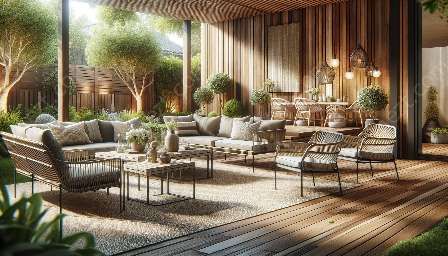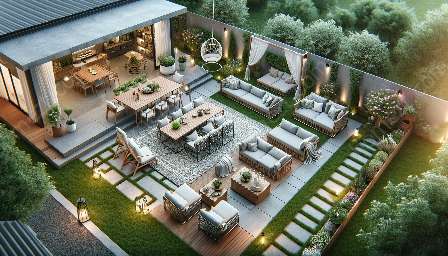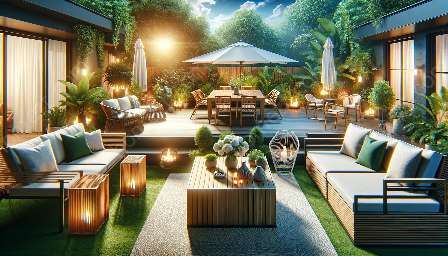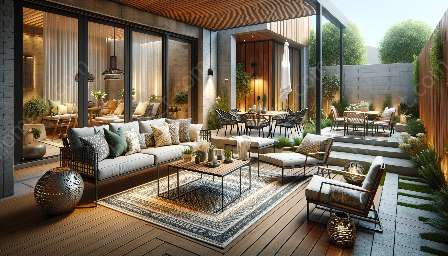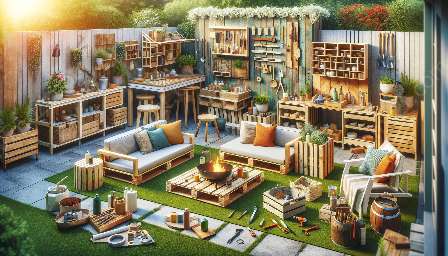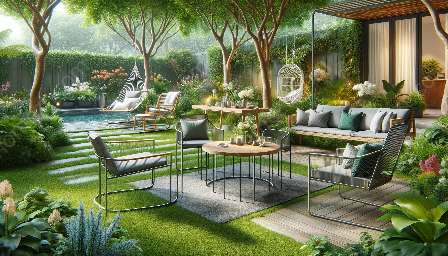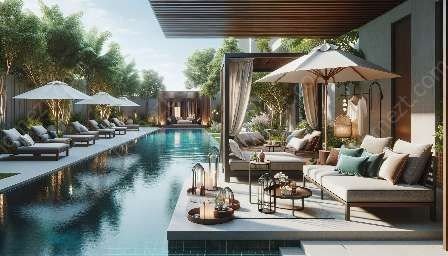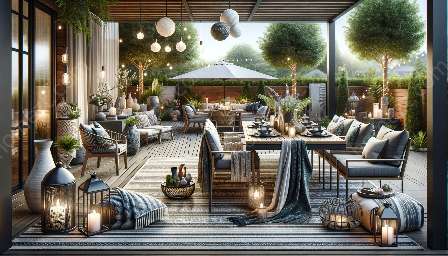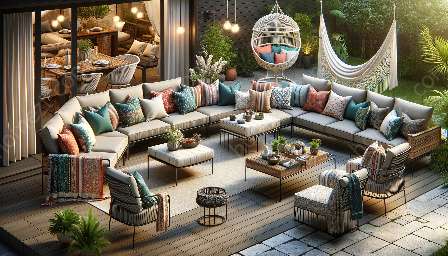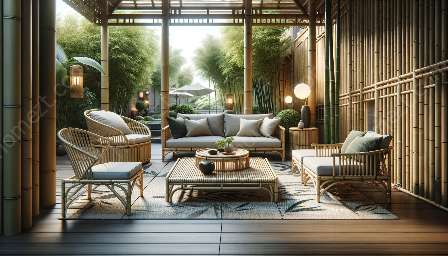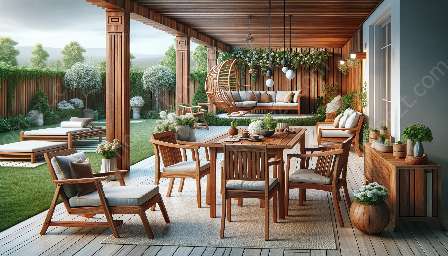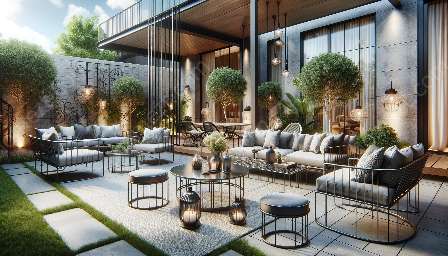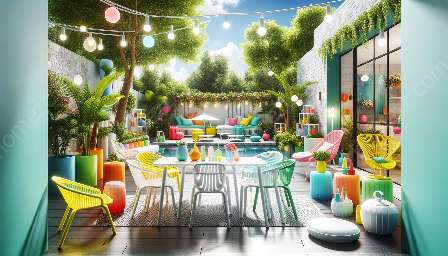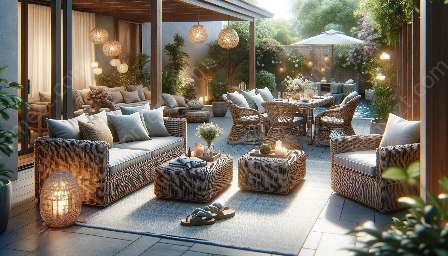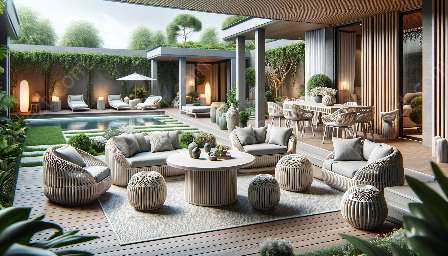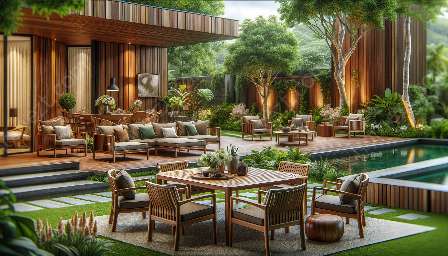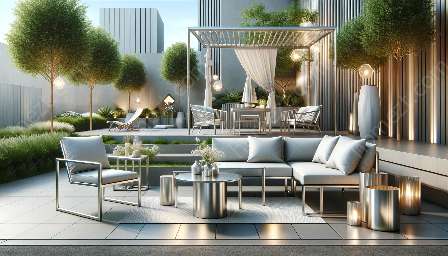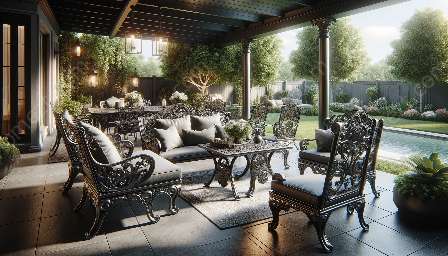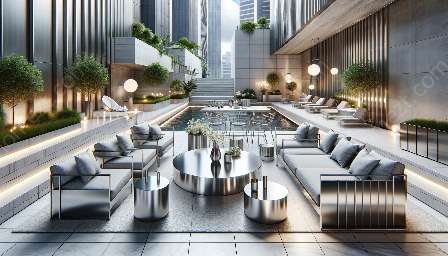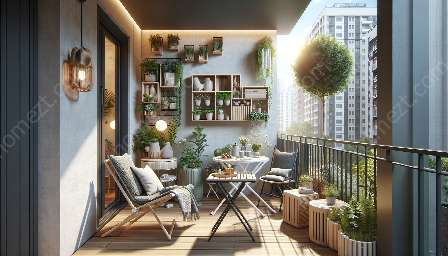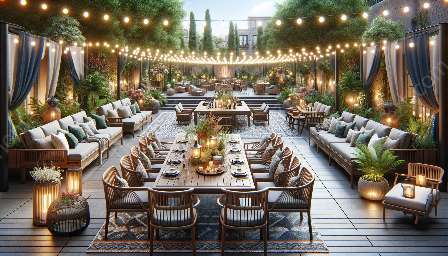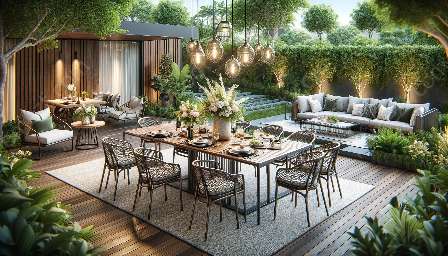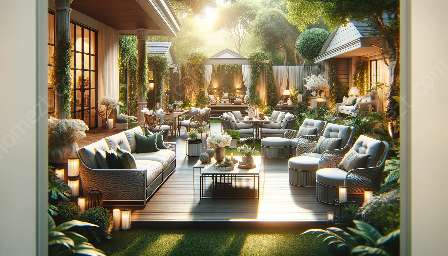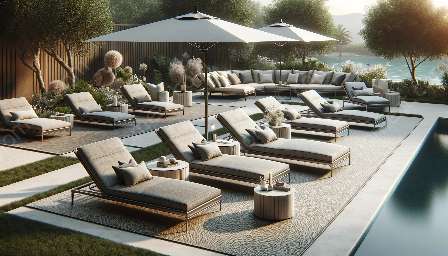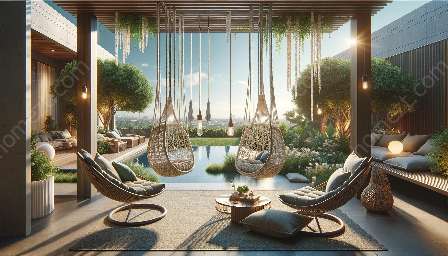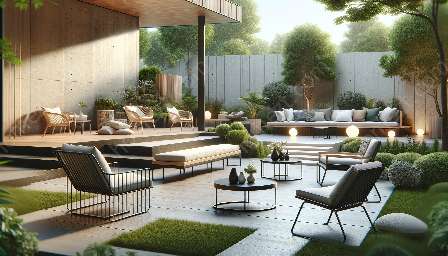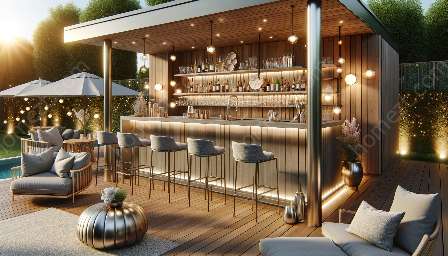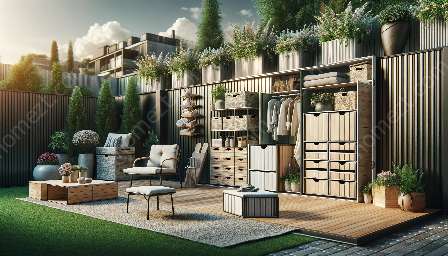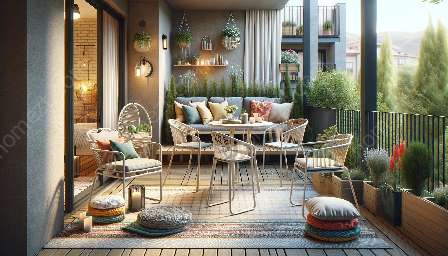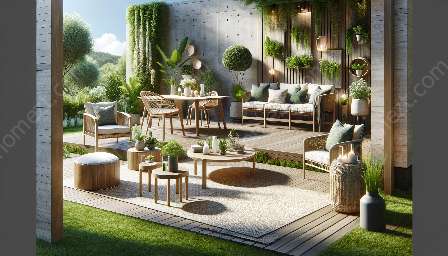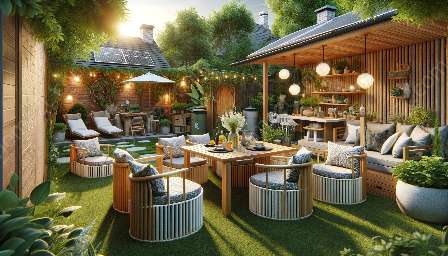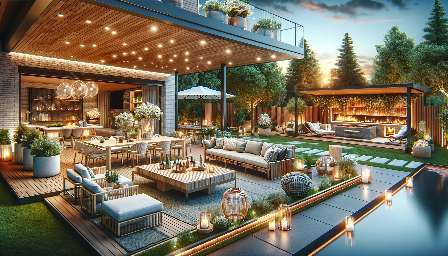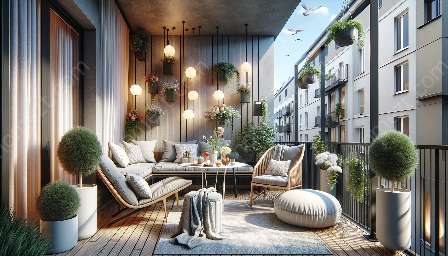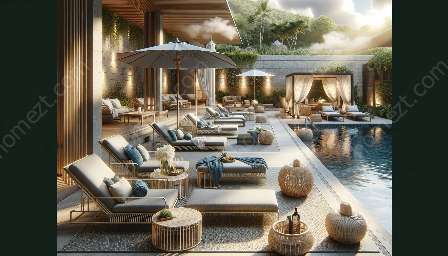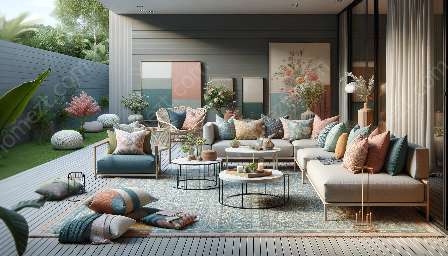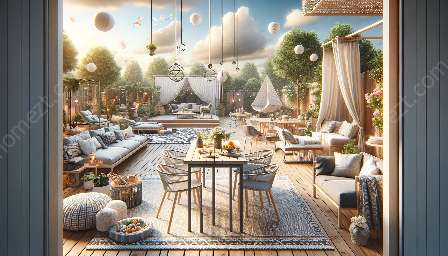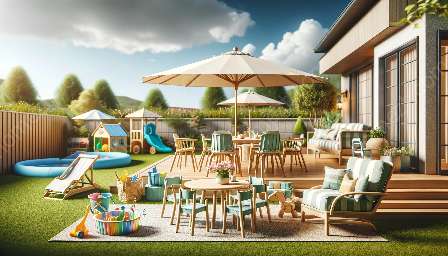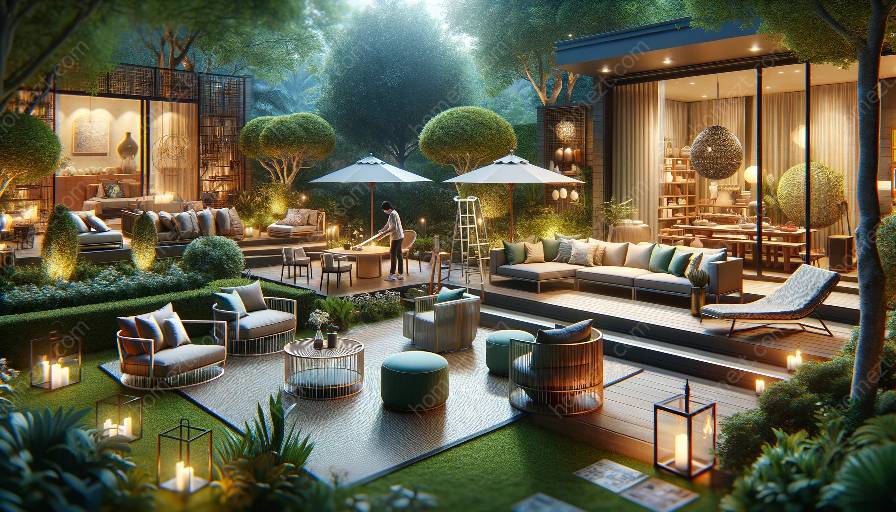Outdoor furniture plays a crucial role in enhancing the functionality and aesthetics of your outdoor space. Whether it's for a patio, deck, or garden, choosing the right outdoor furniture involves considering several important factors. From material and durability to style and comfort, making informed decisions can help you create a welcoming and functional outdoor living area that complements your home furnishings.
1. Material and Durability
One of the most crucial factors to consider when selecting outdoor furniture is the material and its durability. Outdoor furniture is constantly exposed to the elements, including sun, rain, and wind, so it's important to choose materials that can withstand outdoor conditions. Common materials for outdoor furniture include:
- Wood: Natural wood such as teak, cedar, and eucalyptus are popular choices for outdoor furniture due to their durability and natural resistance to decay and insects. However, wood furniture requires regular maintenance and may need to be treated to maintain its appearance.
- Metal: Aluminum, wrought iron, and stainless steel are durable and sturdy options for outdoor furniture. They are resistant to rust and corrosion, making them suitable for outdoor use.
- Wicker/Rattan: Synthetic wicker and natural rattan are popular for outdoor furniture due to their weather-resistant properties. However, natural rattan may require more maintenance than synthetic wicker.
- Plastic/Resin: Lightweight and affordable, plastic and resin furniture are easy to clean and maintain. Look for high-quality, UV-resistant options to ensure longevity.
When evaluating the material, consider factors such as maintenance requirements, resistance to weather conditions, and overall durability to make an informed choice that aligns with your outdoor living needs.
2. Style and Design
The style and design of outdoor furniture should complement the overall aesthetic of your outdoor space and home furnishings. Whether you prefer a modern, minimalist look or a more traditional and ornate design, there are various styles of outdoor furniture to choose from:
- Modern/Contemporary: Sleek lines and minimalist designs characterize modern outdoor furniture, making it ideal for a clean and sophisticated outdoor space.
- Traditional/Classic: Ornate details, intricate patterns, and timeless designs define traditional outdoor furniture, adding a touch of elegance to your outdoor setting.
- Rustic/Cottage: Warm and inviting, rustic outdoor furniture often features natural materials and earthy tones, creating a cozy and charming outdoor ambiance.
- Transitional: Blending elements of both traditional and contemporary styles, transitional outdoor furniture offers versatility and timeless appeal.
Consider the architectural style of your home, existing outdoor design elements, and personal preferences to select outdoor furniture that enhances the visual appeal of your outdoor living area.
3. Comfort and Functionality
When choosing outdoor furniture, prioritize comfort and functionality to ensure an enjoyable outdoor living experience. Factors to consider include:
- Seat Cushions and Upholstery: Opt for outdoor furniture with comfortable seat cushions and durable, weather-resistant upholstery for enhanced comfort and easy maintenance.
- Adjustability and Flexibility: Look for outdoor furniture that offers adjustability, such as reclining chairs or adjustable tables, to accommodate different activities and preferences.
- Storage and Mobility: Consider the practicality of outdoor furniture that offers storage compartments, wheels, or lightweight designs for easy repositioning and storage.
Additionally, ensure that the scale and proportions of the furniture align with the available outdoor space, providing ample seating and functional surfaces for dining, relaxation, and entertainment.
4. Maintenance and Care
Outdoor furniture maintenance is an essential consideration for preserving its longevity and appearance. Different materials and finishes require specific care and maintenance practices, including:
- Cleaning and Washing: Regular cleaning with mild soap and water can help preserve the appearance of outdoor furniture. Specific cleaning instructions may vary based on the material.
- Protective Treatments: Some outdoor furniture materials may benefit from protective treatments such as sealants, stains, or waxes to enhance their resistance to moisture and UV exposure.
- Seasonal Storage: Proper storage during adverse weather conditions, such as winter months, can prolong the lifespan of outdoor furniture and prevent damage from harsh elements.
Understanding the maintenance requirements of outdoor furniture allows you to choose options that align with your willingness and capacity to perform regular care and upkeep.
5. Budget and Quality
Ultimately, budget and quality considerations play a significant role in the selection of outdoor furniture. While it's essential to establish a budget that aligns with your financial resources, it's equally important to prioritize quality and longevity. Factors to consider include:
- Material Quality: Opt for high-quality materials and construction that ensure durability and long-term performance, even if it requires a higher initial investment.
- Warranty and Guarantees: Look for outdoor furniture with reliable warranties and guarantees that provide assurances for the quality and longevity of the products.
- Long-Term Value: Consider the long-term value of outdoor furniture in terms of its durability, maintenance requirements, and ability to withstand changing outdoor conditions.
By balancing your budget with an emphasis on quality and durability, you can make informed decisions that result in outdoor furniture investments that provide lasting satisfaction and value.
Conclusion
When selecting outdoor furniture, considering factors such as material and durability, style and design, comfort and functionality, maintenance and care, as well as budget and quality, enables you to make informed decisions that enhance your outdoor living experience. By aligning these considerations with your personal preferences and outdoor living needs, you can create a harmonious and inviting outdoor space that complements your home furnishings and extends the overall enjoyment of your living environment.

